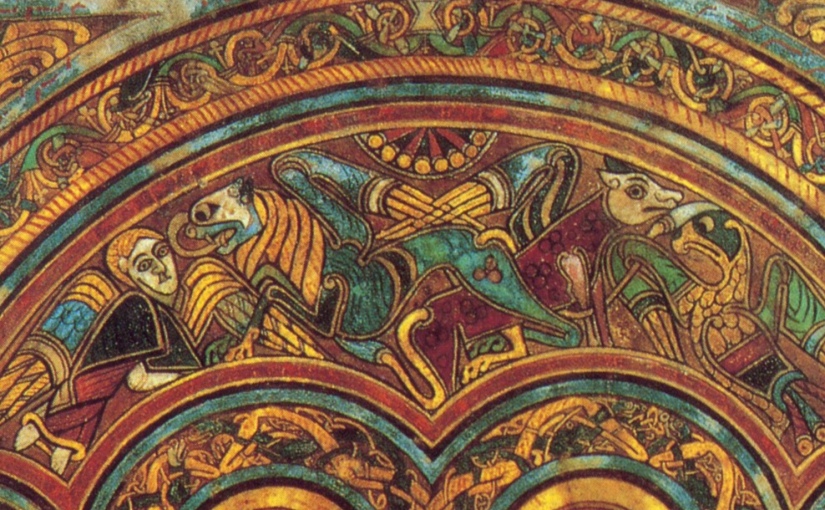Recently Munster Bible College had a week-long intensive course in early church history. There’s a lot to cover in a course like that, but by Friday evening we were talking about the gospel coming to Ireland through Patrick. What a man. He lived and breathed Scripture, which comes through in his surviving writings and his willingness to leave a comfortable life and sacrifice everything for the sake of the very people who had kidnapped and enslaved him in his youth. You could hardly get a better picture of the gospel of Jesus, who stepped out of Heaven to sacrifice everything for the sake of the very people who had rejected him.
Ireland would never be the same. The island’s encounter with Jesus transformed her culture from the inside out, and sent waves throughout the rest of Europe as the “land of saints and scholars” carried on Patrick’s gospel-saturated willingness to sacrifice everything for the sake of those who hadn’t heard of God’s love and salvation. This passion came out in other ways, too: in Trinity College, you can wait in a long queue for the privilege of seeing one of Ireland’s national treasures, the Book of Kells.
The Book of Kells is an illuminated manuscript, which means it is more than simply a copied text, it is a work of intricate art as well. In this case, the art is distinctly Celtic, with humans and animals and mythical beasts often intertwining in mind-boggling knots. Each page was hand drawn with pigments imported from the far reaches of the world, and the text painstakingly copied around 800AD. Although other such manuscripts exist, none can rival the Book of Kells. It’s no wonder the ancient masterwork tops the list of Ireland’s national treasures.
What was it that drove these now-unknown artists to work so hard for so long decorating a text? The answer is under our noses. We don’t need to read between the lines to discover their motivation, we can simply read the lines themselves. If we do, we’ll see that the Book of Kells is not a single book at all but a compilation of four, the four accounts of the life of Jesus written by Matthew, Mark, Luke, and John. In other words, the creators of Ireland’s national treasure were so captivated by the life and death and resurrection of Christ that they went to the furthest edges of their skill to honour the treasure they discovered in the gospels. In doing so, they created a treasure. But if they were here today, I wonder if they wouldn’t ask us to look beyond their artistic illuminations (impressive as they are) to find the greater treasure that inspired them in the message of the text. The Bible on your nightstand or smartphone may not be nearly as well illustrated, but it has the same treasure in its message – have you found it?
